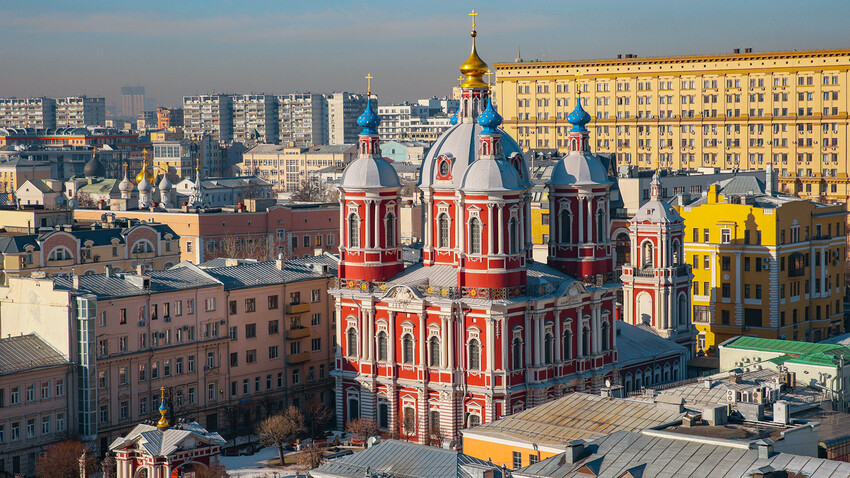
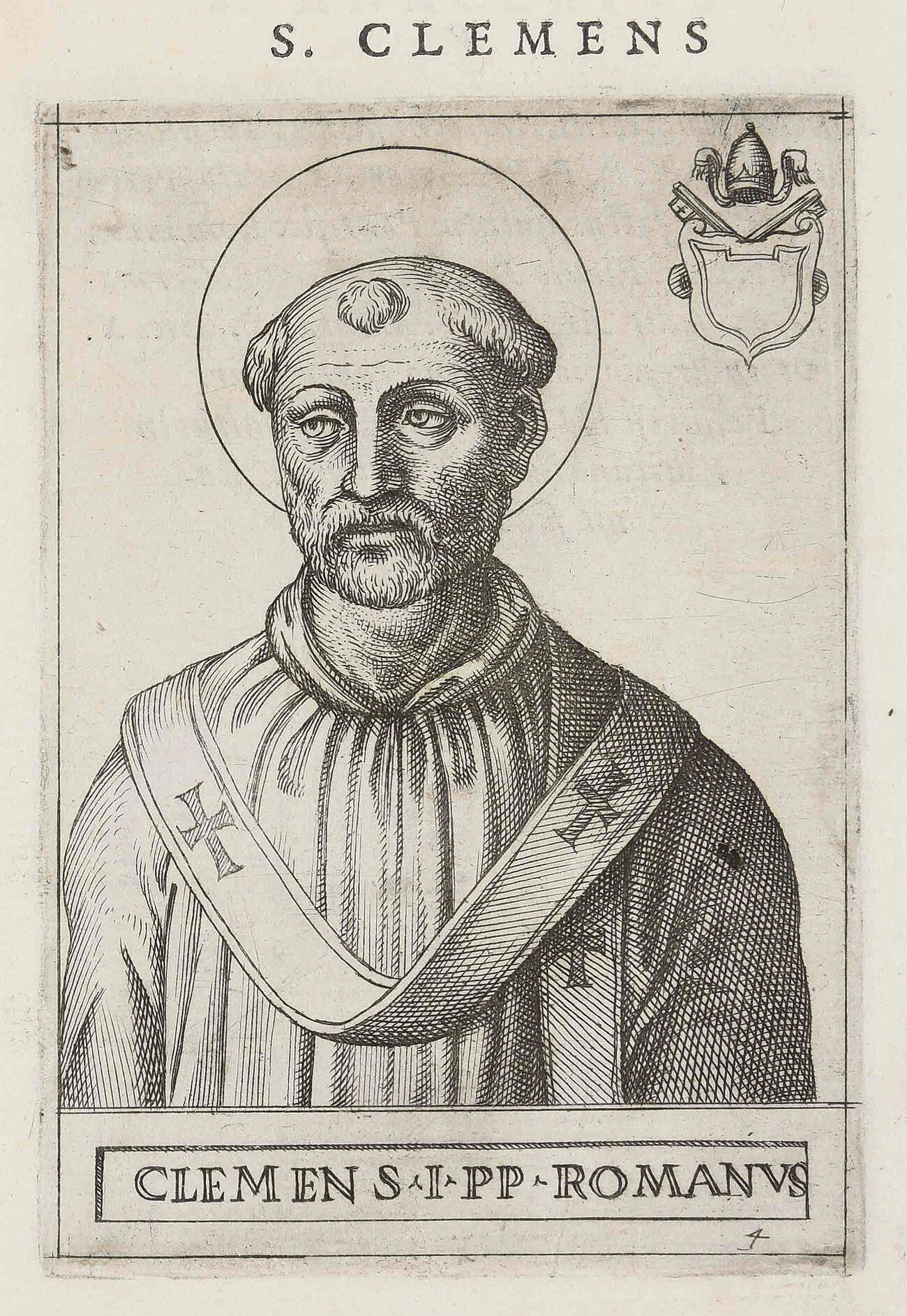
From his life, it is known that Clement lived in the 1st century AD. At the age of 24, he met Apostle Peter and became one of his disciples and then, his successor - the saint ordained him bishop of Rome.
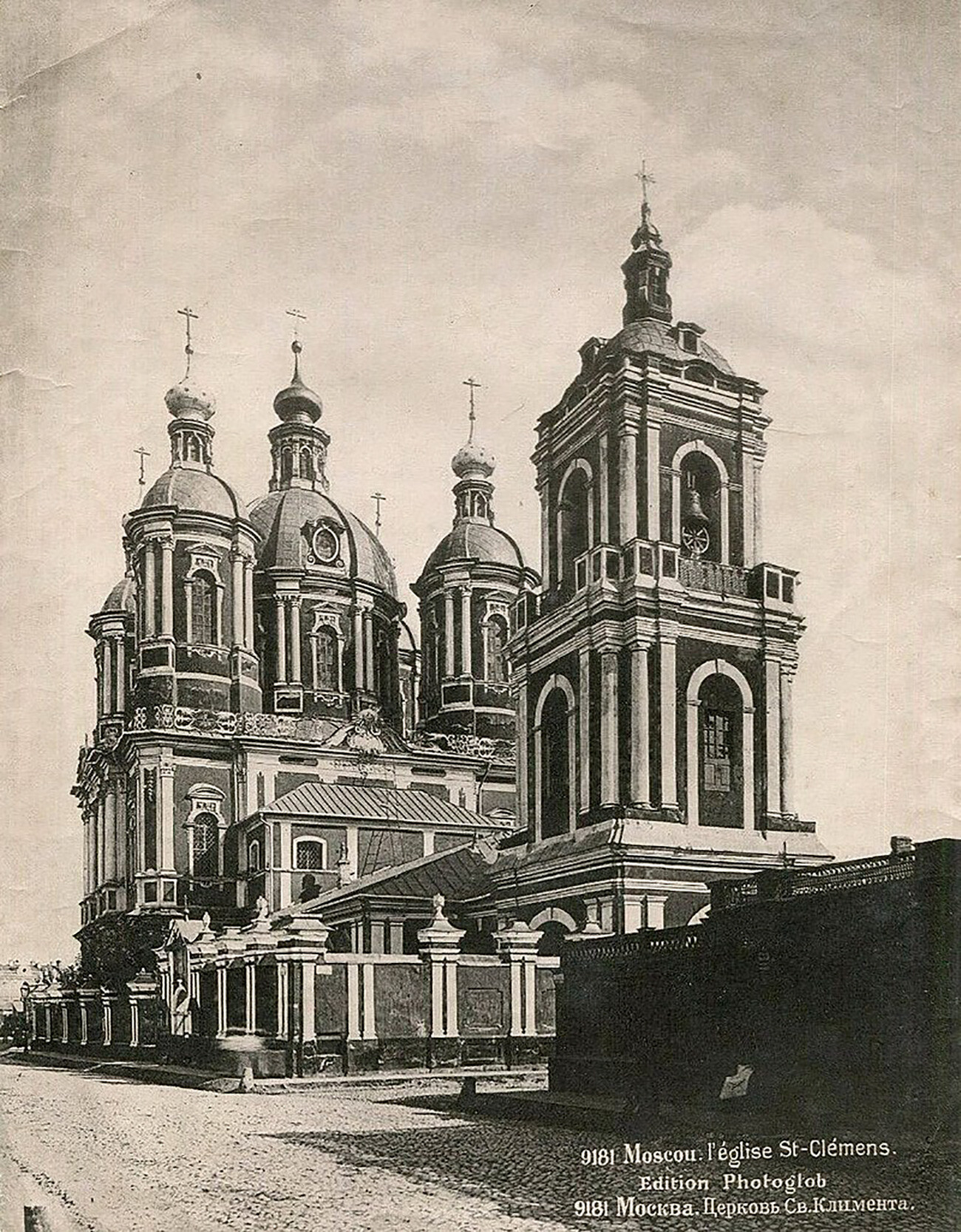
Pope Clement converted many people to his faith and, eventually, Emperor Trajan ordered him to be sent to hard labor in the quarries near Chersonese.
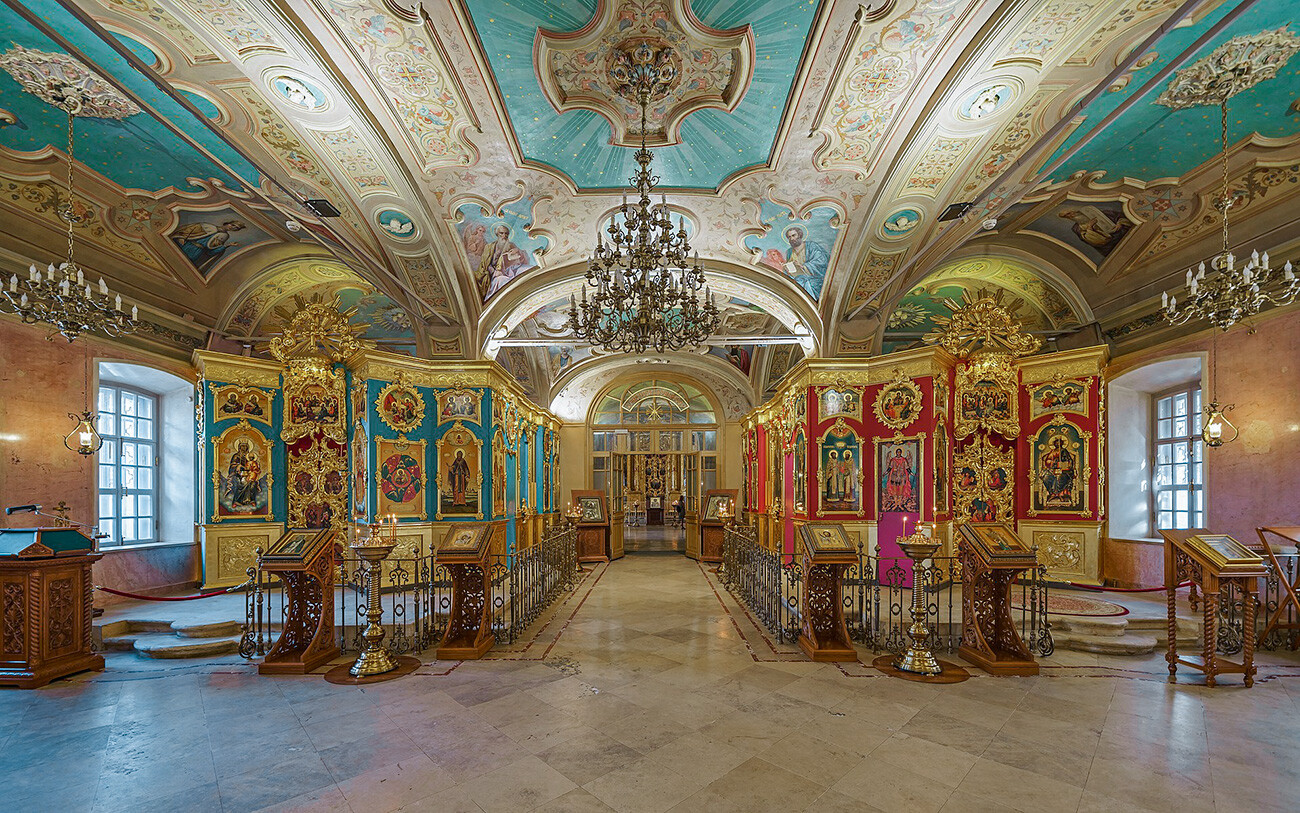
Despite the hardships, Clement continued to preach and the number of his followers grew rapidly. In the year 101, he was drowned by being tied to an anchor; but the waters of the Black Sea receded every year on the day of Clement's death and opened the entrance to the cave where his remains were kept.
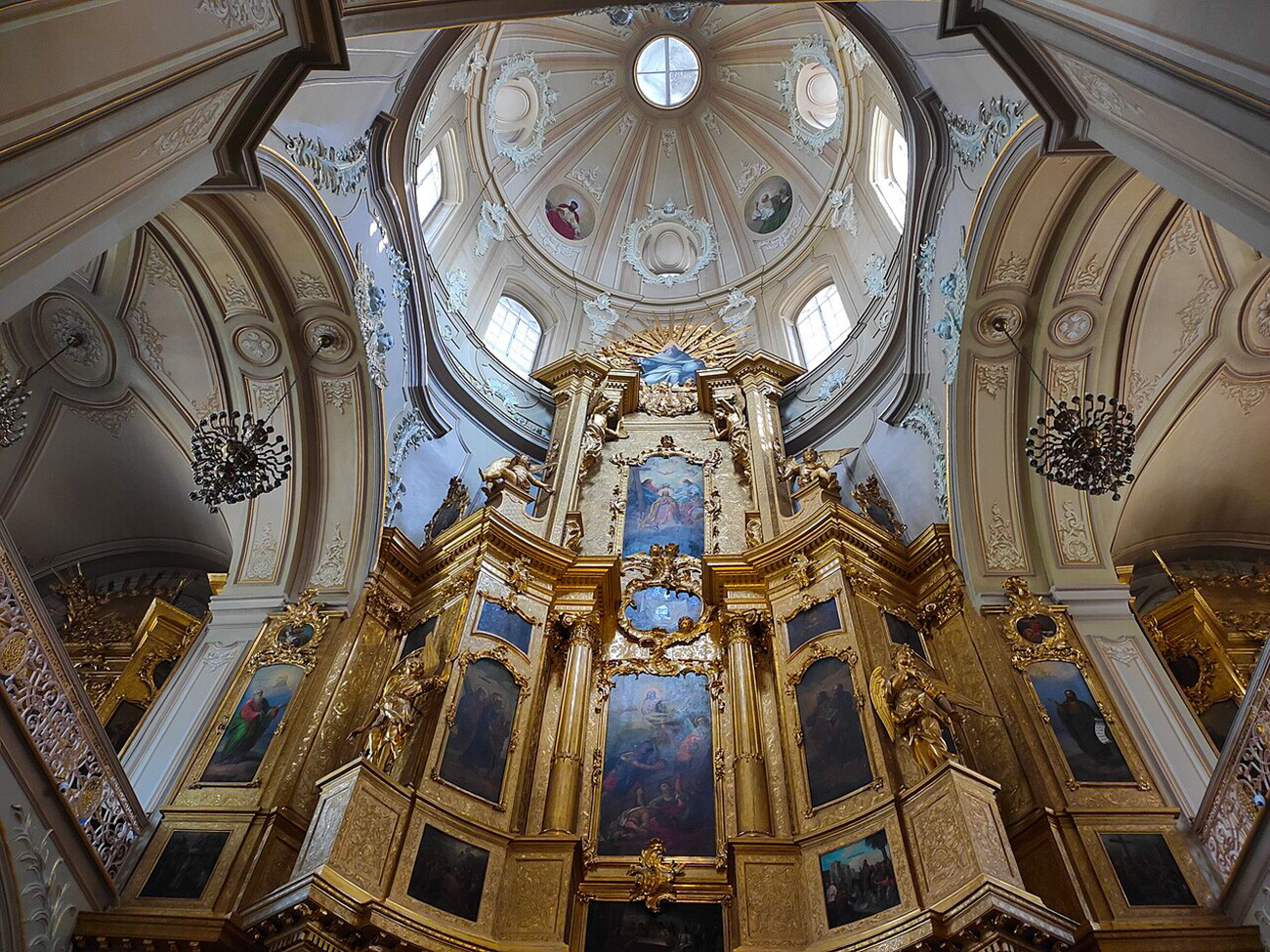
In the 9th century, Saints Cyril and Methodius found the relics of the holy martyr: they were transferred to Rome and to Kiev. The relics of St. Clement are considered one of the first Christian relics in Rus’.
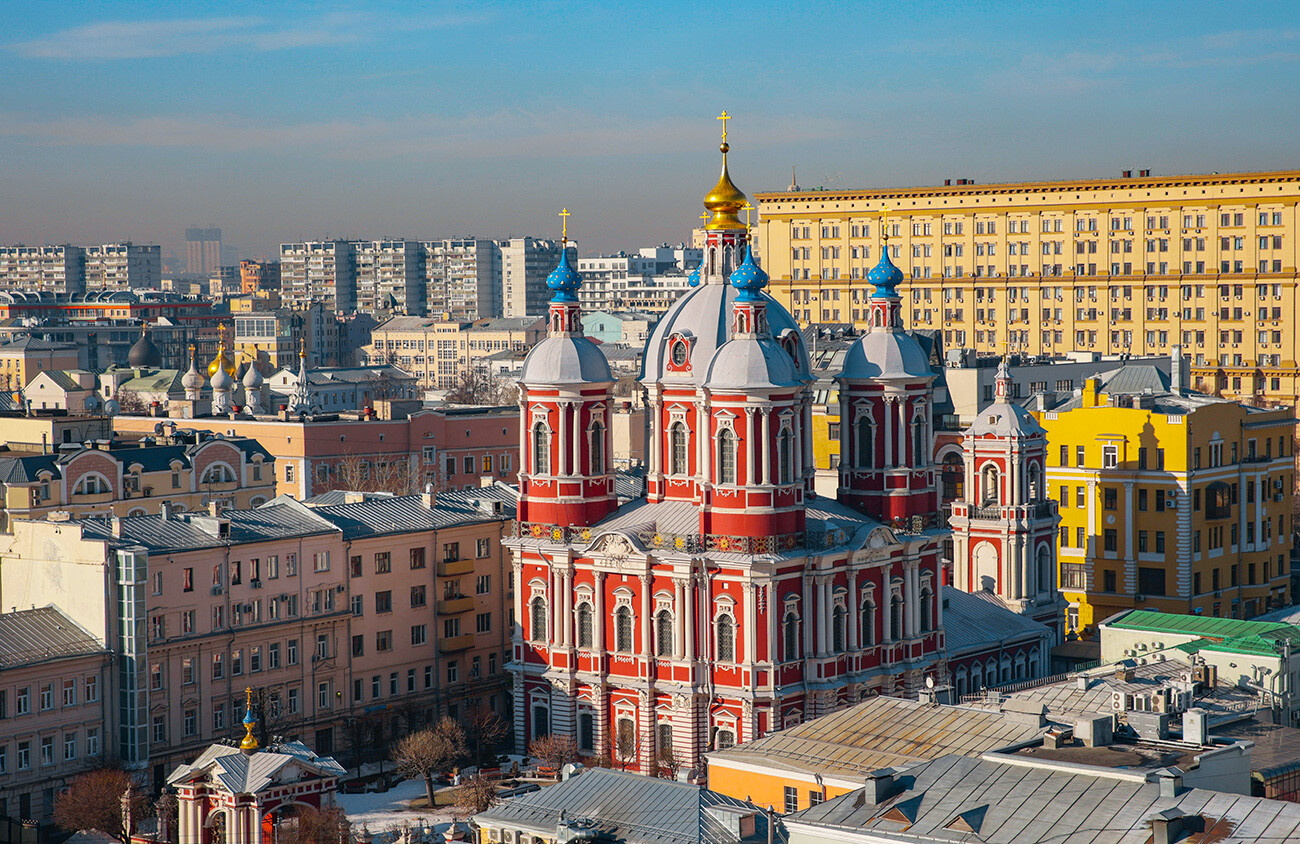
St. Clement is revered by both Catholics and Orthodox Christians and is considered the first heavenly patron of the Russian land. In Inkerman, there is a cave monastery that bears his name. a particle of his relics is kept in the Church of St. Сlement in Zamoskvorechye.
Dear readers,
Our website and social media accounts are under threat of being restricted or banned, due to the current circumstances. So, to keep up with our latest content, simply do the following:
If using any of Russia Beyond's content, partly or in full, always provide an active hyperlink to the original material.
Subscribe
to our newsletter!
Get the week's best stories straight to your inbox